
Stop loss is one of the three fundamental parts in trading ( the other two are take profit and entry). The subject of Stop Loss (SL) is very important and interesting to discuss thus this article! I would like to go over some of the advantages and disadvantages of using a stop loss as opposed to trading without one. I would love to hear your opinion on the subject below in the comment section – thank you!
So let’s begin:
First of all: An advantage for one trader could be a disadvantage for another one! Remember that, it is all strictly individual and you must find your way and what it works for you. There is not reason why two traders, one who uses SL and one who doesn’t, won’t make money at the same time.
Stop Loss – Risk
Using a stop loss allows you to know exactly how much money you are risking before hand. This is important for you money management. It also allows you to plan your risk:reward ratio very easily. The risk : reward ratio is the ratio between how much you are willing to lose versus the potential profit. For example if you are risking $1 for a given trade with the potential to win $5 you will have a risk : reward ratio of 1 : 5.
Using a stop loss is very handy when it comes to mid-long term trading and trades that take more than a few minutes. In other words if you have to leave the computer and you are not able to monitor what is going on a stop loss is a must for you. Imagine something unexpected to happen while you are away like CHF cap or an earthquake or anything like that. Such events could and would cause huge volatility in the markets. That could kill your account in a matter of minutes.
Another thing to consider is the psychological pressure that many of us experience after we get stuck in a row of losing trades. This can be extremely stressful. I have seen students of mine who lost their faith in the strategy they are using only after 4 losing trades in row – 4!
Here is an example: you are looking to catch the reversal in an up trend. Everything lines up, divergence is there, you attack. Two candles later the price shoots up like crazy, takes your stop loss and the third candle is again, divergence that is completed. Now you also have a false break. You attack again, and what do you know, price reverses again taking your stop, re-creating the divergence. I have seen situations where this is happening for three or four times in a row. Yes you are all covered by the risk:reward – one trade covers all losses and it even bring some profit BUT it could make you lose confidence and doubt your strategy. Which means what? You start jumping from system to system again, until that happens again and get stuck inside a circle of losses. This is another subject already but it is important to mention it as it is part of this business and the live of a trader.
On the other hand there are traders who don’t use stop loss. One of the biggest benefits of this style of trading is that you protect yourself against “stop loss hunting” also knows as spikes. Many times brokers and smart money would push the price 10-15-30 pips above or below key levels (support/resistance, high/low etc) where one would put the stop loss. This could be extremely annoying and ruin a perfectly good entry.
However not using a stop loss comes with a cost. There is psychological factor which we need to pay attention to. The stress and uncertainty that comes with the lack of SL might be too much for some traders. If you are an intra-day trader for example and you should leave your trade running through the night, you might find yourself waking up every few hours to check on your investment.
No stop loss would mean for the trader that he or she must have an exit plan in place BEFORE the trade is opened. You should know what conditions will cause you to act on your trade. When EXACTLY you are going to book profits, when EXACTLY you are going to close the trade or switch to other direction. Again if you are not in front of the PC this would be a bit harder to follow. This is why most time when traders are using this type of trading, they are involved in the higher Time Frames. When you trade on the D1 or W1 charts 10-15 pips even 20 pips won’t do much difference as you are aiming 200-300 or 500 pips.
My two cents on the subject – if you are not an experienced trader who is aware of what he/she is doing, leave the no stop loss trading alone.
Stop Loss – The System/ Strategy / Method
If you wonder whether or not you should be using a stop loss when trading start from here – the system. Is your strategy based entirely on pure risk:reward? If the answer is yes than you probably want to stick to SLs. Keep in mind that it is very hard to be strict when it comes to the amount risked if you don’t have a stop loss in place.
Leverage is also of huge importance. In my club i’m teaching my students a “trading” method which is more investing than trading, called the IST (investor style). It summary – it takes advantage of longer term cycles, by investing in a financial asset without using leverage. The method doesn’t require that trader to use hard stops. There is a strict exit plan which is applied when certain conditions are met. However the action takes place on D1/W1/MN charts. It takes time for the trade to develop and as I said above, a few pips are not really of importance as targets are anywhere from 400-500 pips up to thousands of pips sometimes.
The point is, if you don’t know what you are doing, don’t do it. Using leverage without stop loss is a recipe for a blown up account.
Last but not least is the Trailing Stop. It falls into a slightly different category but it could be very well applied in conjunction with stop loss or no stop loss strategies. The trailing stop in its essence is used to protected floating profits. In other words, when the price is moving in your direction and you have a floating profit, you may want to use trailing stop to protect part of the profits. The trailing stop in my opinion is best used manually though. Wait for the price to break through strong level and put the SL above or below them. A rookie mistake is to trail your stop too tight to the current market price, which many times will “choke” the trade, not allowing it to develop.
Now it is your turn – let me know about your trading strategy. Does it use stop loss or not? How do you handle the stress and management of the trades if you are not using stops? Do you find yourself in a position when you start bending the rules in the case of no SL ? These are all relevant and legit questions for the traders out there looking to try the idea of no SL trading.
If you wonder how I do it, let me tell you. I use both. For my IST method there is not stops. For my intra-day trading most of the times I use stops but sometimes I don’t. I always protect my trades when i’m not in front of the monitor to control them. Really anything could happen so i don’t take any chances. I allow myself to skip the stops only now when i have a very well understanding of the market, when i have been trading my method for years and I know what to expect.
In summary – if you are not sure about all pros and cons stick to stops. They give you peace of mind. Just try to avoid the skepticism if you hit two or three losing trades in a row. Don’t start to look for new system immediately. When we say a trading strategy that has 50% win ratio and 1:2 risk reward here is what you should read:
Theoretically there is a possibility that 50 losing trades could come in a row, followed by 50 winning trades. In reality the chances of that happening are very small but keep that in mind. 3-4-5 losing trades is nothing to be worried about. If you can’t handle it psychologically and it bugs you just stop trading for this week and come back on Monday.
If you like it – share it!
Yours,
Vladimir









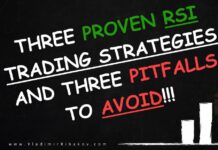

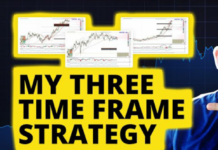

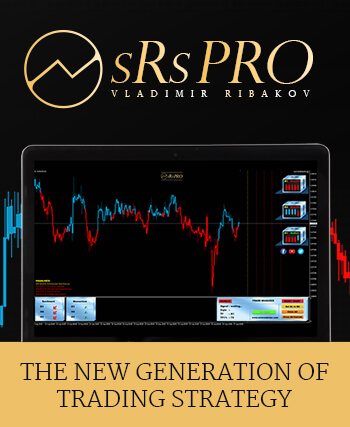
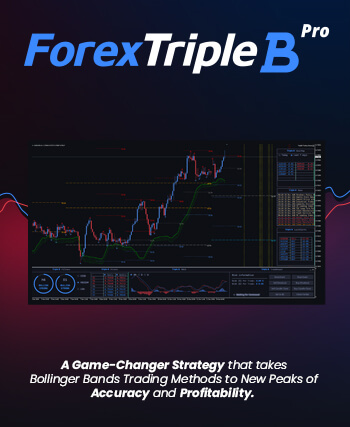






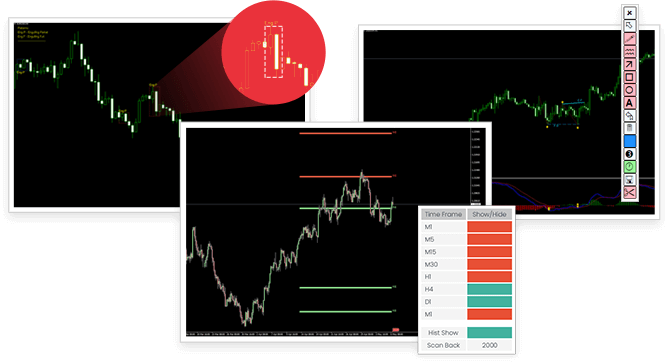
How to put stop loss
What do you mean?
what about using no s/l but having tight limits
you mean live exit plan?